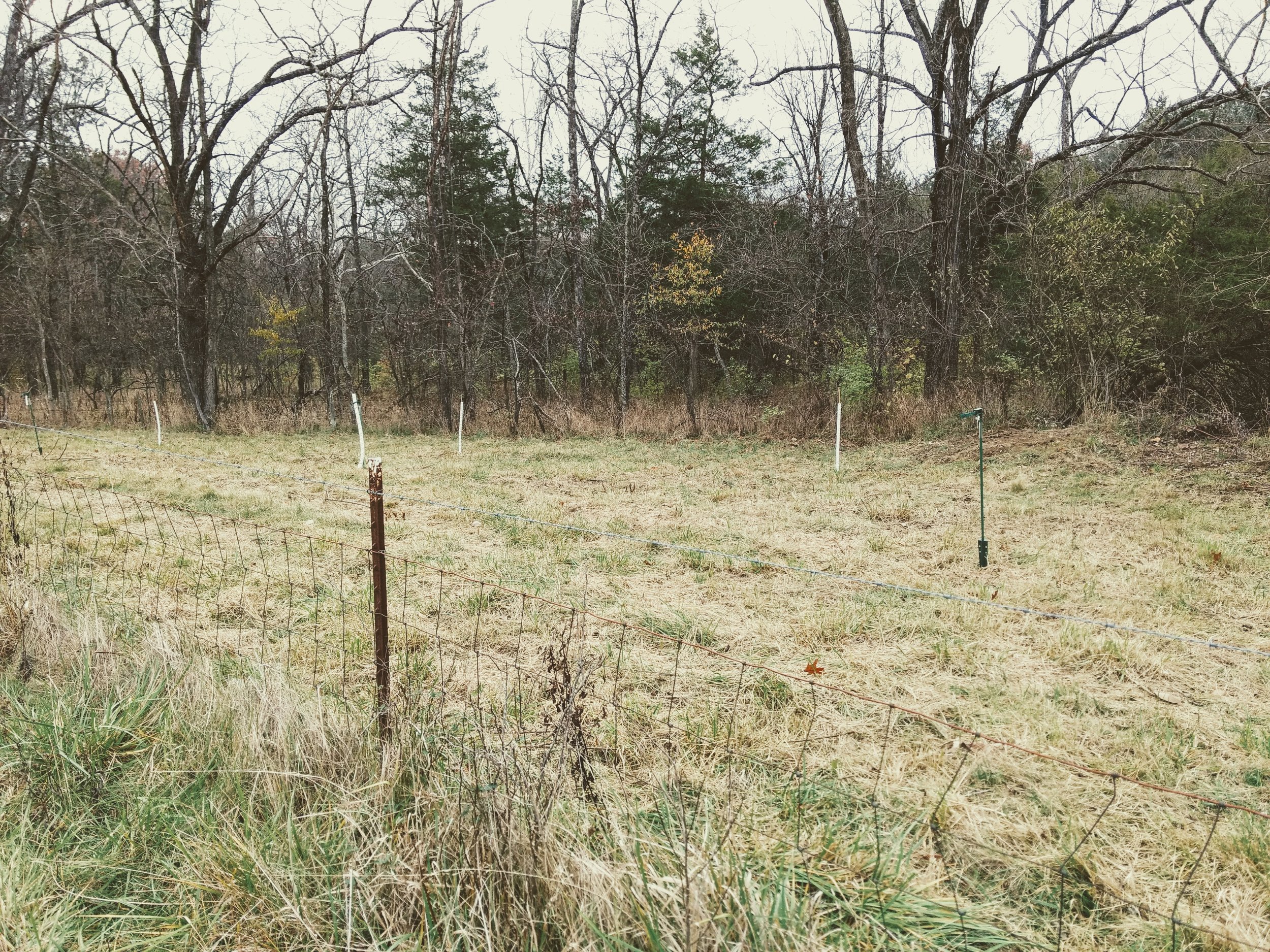Whenever someone starts talking about having discolored or black bees, I immediately suspect bee paralysis virus (BPV). There are several flavors of BPV, but the ones you hear thrown around the most here in the US are the acute (ABPV) and chronic (CBPV) types. There's also some disagreement about whether varroa mites are to blame for the spread of these viruses, but from what I can tell the science is pretty firm that at least ABPV is transmitted by mites.
Personally, I've had a couple run-ins with BPV, presumably the acute kind. It showed itself in my hives by causing a small percentage of my bees to become blackened (almost charred looking). They had a greasy, oily appearance and some trembled as though they were having seizures. The other bees appeared to be isolating them on top of the upper-most frames, but it's possible they were isolating themselves. The first couple times I saw this I thought I'd accidentally burned the bees with my smoker. But it didn't take too long to rule that out and look for answers elsewhere.
Symptoms of BPV have been most visible when the varroa mite levels have gotten out of control. That being said, I have one hive that is showing symptoms of BPV this year, even though its mites are well under control. This hive has gone queenless, and I’ve made the decision that I won’t try to save it as we head into the winter. I will continue to manage it for pests, because I don’t want to cause unnecessarily suffering (or mite bombs in my bee yard). It’s a strong hive right now, but I’ll let it dwindle in numbers rather than trying to raise a new queen or combining it with another colony—they should die this coming winter, eliminating the possibility of robbing and, therefore, spreading the BPV, because I’ll be able to clean out the hive before the bees are flying in large numbers. I’ve never lost a colony to bee paralysis virus, but that will sadly change soon.




